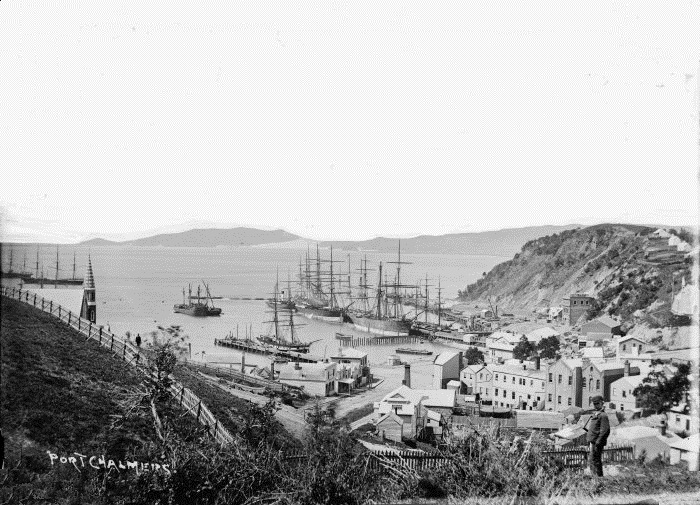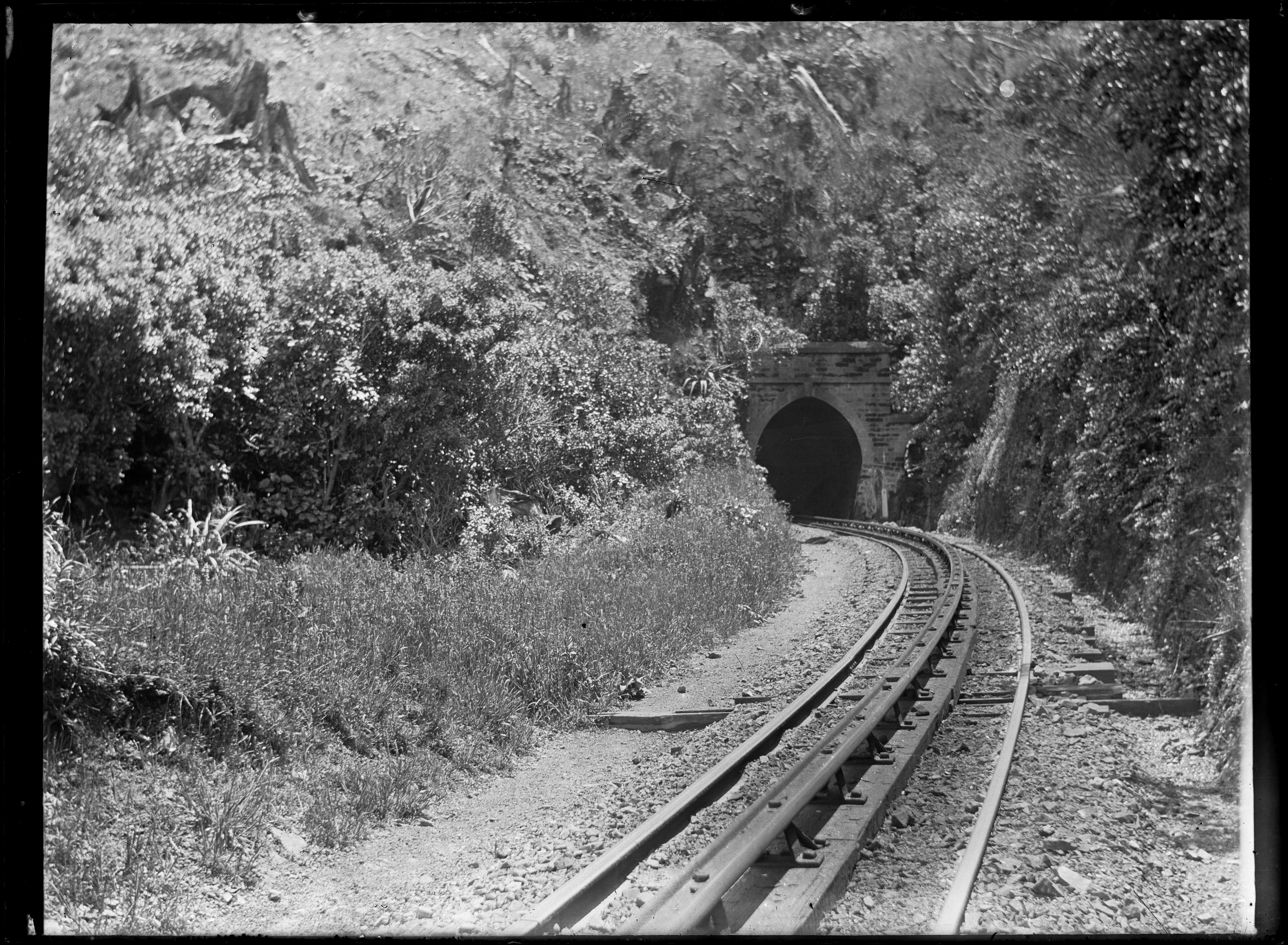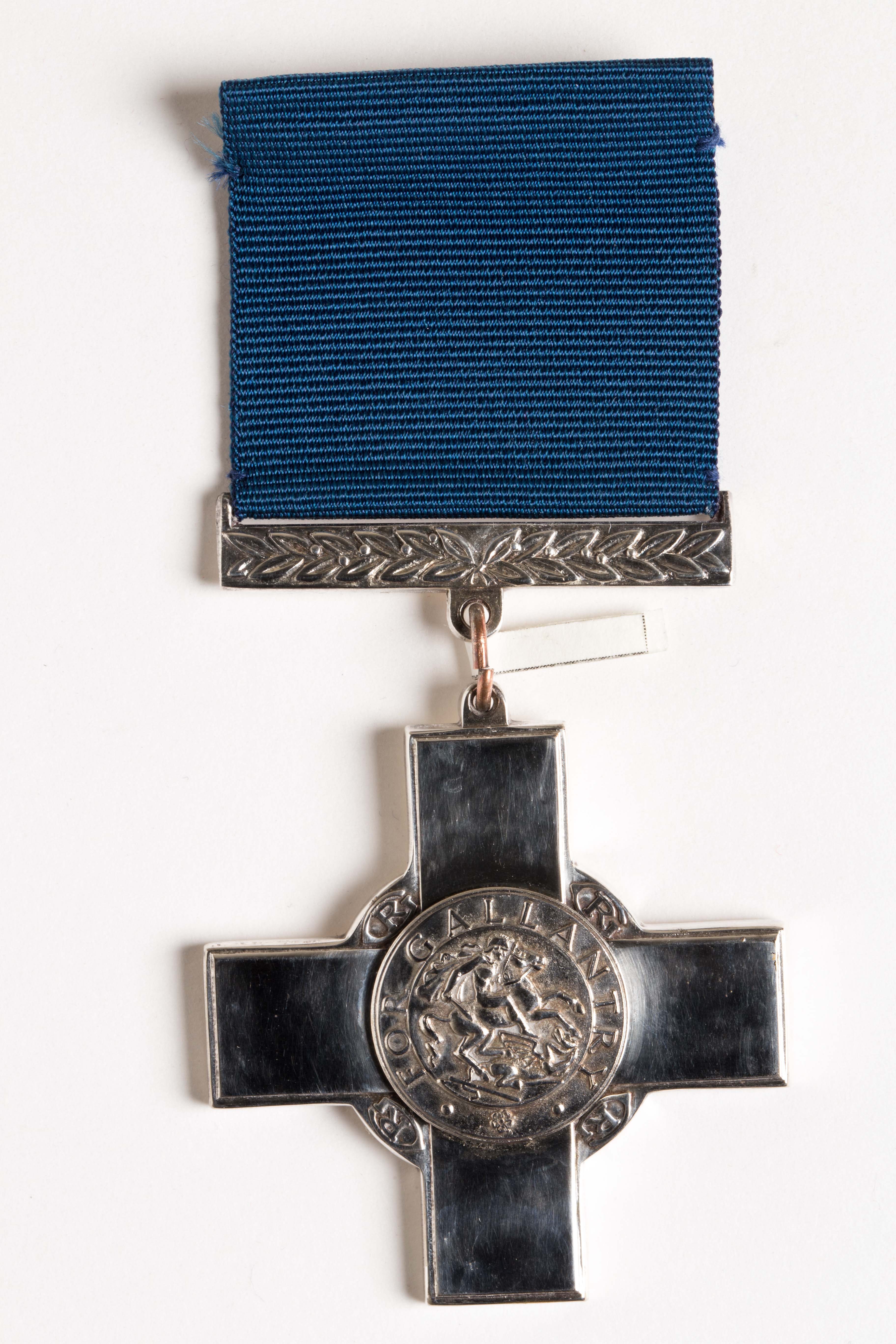The New Zealand Police website, I recently discovered, has a couple of pages dedicated to the memory of police staff who have died in the line of duty – either as a result of a criminal act, or as a direct result of duty. And there are contained in these two pages stories both poignant and strange.
Drowning
Drowning was a common cause of death for coppers, particularly in the early years, including a number who died in various bodies of water over the years “while on police business” – unspecified.
The first New Zealand police officer to die in the line of duty was Senior Constable Henry Porter, who “died while doing night rounds” in Port Chalmers near Dunedin in the winter of 1887. He was checking that a hulk in the port wasn’t being targeted by arsonists again, and due to a lack of site safety, he accidentally fell in and drowned.
Ten years later, Sergeant Florence O’Donovan and Constable Alfred Stephenson drowned while rescuing people during floods in Napier. (It is worth noting that Florence O’Donovan was a man, with a great big bushy beard to avoid any confusion. The first woman to become a sergeant in the NZ Police was Betty Bennett in 1961 – later Inspector Bennett.)
Constable Charles Williams drowned in 1935 while trying to recover the body of a young woman who had fallen from a rail bridge into the Waikato River. During World War II, Constable Neils Bertnsen was drowned “while guarding a wreck at Castlecliff”. The details of his death remain a mystery, but it was ruled an accident by the coroner.
Constable Alan Liddell drowned in the Grey River in 1976 while “helping to recreate a crime scene” and two years later Constable Gregory Rowe “died as a result of injuries received when the Lady Elizabeth II police launch was rescuing a yacht in heavy seas” – though quite how they are sure of the cause of death, I do not know, as the poor man’s body was never recovered.
The Lady Elizabeth II subsequently capsized off Barrett’s Reef during a storm in the winter of 1986, resulting in the deaths of Senior Sergeant Philip Ward and Constable Glenn Hughes.
Trains…
Constable Thomas Ward was returning to Wellington in 1896, having escorted a prisoner to Timaru, when he fell off the train in the Lyttelton Tunnel. Sadly, though several people saw him fall, no one reported it, and he lay beside the tracks, badly injured, through the winter night. He died in hospital the following day.
Train tunnels are dangerous places. Thirty years later Constable Adam Begg was searching the Parnell Tunnel for an escaped prisoner when he was “struck by a passing train”. (This was the second of three prisoner escapes from trains in said tunnel in the 1920s. Three.)
The combination of Parnell and trains was particularly hazardous for PCs, it appears. Come 1942 the trains claimed another copper’s life. This time it was Constable Cecil Orr, “searching for a diamond ring that had been thrown from a train” when he was hit by a locomotive.
Planes…
Actually, helicopters seem to be more lethal. Detective Anthony Harrod died in 1990 “as a result of falling from a helicopter while conducting a cannabis recovery operation”. On a similar, though more fixed-wing note, fifteen years later a Cessna 172 on a “routine cannabis reconnaissance mission” crashed, killing Detective Travis Hughes.
The police helicopter Eagle crashed into a traffic-spotting plane over Auckland’s Southern Motorway in 1993, killing Sergeant Lindsay “Lou” Grant and Constable Alastair Sampson. Another helicopter crashed in 2000, killing Senior Technician Glenn Phillips on his way to test radio repeater stations.
…and Automobiles
Around the 1920s the number of drownings began to decrease – replaced by a growing number of vehicular deaths.
Traffic Inspector William Cross was killed in 1924 by a speeding car he was signalling to slow down. The driver walked back to look at him lying on the ground (with broken legs and a fractured skull), said “it wasn’t my fault!” and drove off before help arrived. Three days later, Cross died of his injuries in Wellington Hospital. Despite all three of the passengers testifying that a) the driver had been repeatedly asked to slow down, and b) they all saw Traffic Inspector Cross, even though the driver claimed he hadn’t, the driver was acquitted of manslaughter. One hundred years later, this still seems a gross miscarriage of justice.
Both Constable Henry Henderson of Christchurch and Constable Patrick O’Gorman of Avondale were killed by taxis in the 1930s. And if you think your drivers’ licensing test went badly, consider the tragic outcome of one in 1955, supervised by Traffic Inspector George Jenner of Christchurch. The vehicle being driven by the aspiring licence-holder collided with a truck, and Traffic Inspector Jenner died in hospital eleven days later as a result of his injuries.
Explosions, Flu, and Firearms
Shortly before the outbreak of World War I, Constable Denis Mahoney attended a fire at a store in Upper Hutt. He died when the store unexpectedly exploded – due, as it turned out, to the presence of a quantity of “illegally stored gelignite”.
Shortly after the war came the Spanish Influenza, during which no fewer than fourteen police officers succumbed to ‘flu caught in the course of their duties. (Six other police officers have died of illnesses contracted on duty.)
Of the 33 police officers killed by criminal acts, it is noteworthy that no fewer than 23 were shot. (Others have died of such things as Bottles, Broom-handles, and Batons, all of which can be used for Bludgeoning, if you have sufficient ill-will.) The shot officers include:
Constable Vivian Dudding of Wellington (like the aforementioned Florence, a man), who was shot while attending a domestic violence incident in 1919;
Sergeant William Cooper, and Constables Frederick Jordan, Percy Tulloch, and Edward Best, who were killed in Koiterangi in 1941, provoking the biggest manhunt in New Zealand’s history, with hundreds of armed men searching for nearly two weeks with orders to shoot on sight;
Sergeant William Hughes of Otaki, who stood his ground despite several blasts from a shotgun while trying to protect women and children in a domestic violence incident in 1951- even grabbing the barrel of the shotgun after he’d been shot, to try to wrest it from the killer;
Constables James Richardson and Bryan Schultz, who were killed while arriving at a domestic violence incident in Lower Hutt in 1963;
Traffic Officer Robin Dudding, who, in 1986, on being taken hostage by a man intent on killing as many cops as possible, drove him not toward the Rotorua police station as demanded, but out into the country, thus ensuring that he himself was the only one killed;
Sergeant Stewart Guthrie, who, when reports came in of an unfolding massacre at Aramoana in 1990, did not hesitate in responding, even with just a constable from another nearby station for backup. He sent the constable to the safer position and took the greater part of the risk on himself. Sergeant Guthrie was killed, but he was the last of the gunman’s victims, and was posthumously awarded the George Cross for gallantry.
Sergeant Guthrie was, as it happens, the sole duty officer in Port Chalmers…where Senior Constable Henry Porter died on duty, 103 years before.






